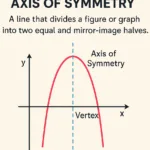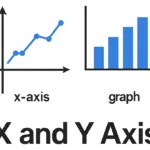Ancient Latin refers to the early form of the Latin language that was spoken and written during the Roman Republic and the early Roman Empire, roughly from the 7th century BCE to the 3rd century CE. It is one of the oldest and most influential languages in Western history and serves as the precursor to the Romance languages, such as Spanish, French, Italian, Portuguese, and Romanian.
Key Characteristics:
- Historical Phases:
- Old Latin (7th–1st century BCE): The earliest stage, found in inscriptions and literary works like those of Plautus.
- Classical Latin (1st century BCE–1st century CE): The refined and standardized form used by authors like Cicero, Virgil, and Horace.
- Late Latin (3rd–6th century CE): Transitionary Latin, which led to Vulgar Latin, the ancestor of Romance languages.
- Grammar and Structure:
- Highly inflected: Words change form to indicate tense, case, gender, number, etc.
- Rich in vocabulary: Precise and formal, making it ideal for philosophy, law, and literature.
- Writing System: Latin used the Roman alphabet, which is the basis for the modern English alphabet.
- Cultural Significance:
- Language of Roman law, governance, and religion.
- Preserved in medieval Europe as the language of the Church, science, and academia.
Even though Latin is no longer spoken as a native language, it remains significant in the study of history, literature, linguistics, and law.
Additional Insights

Parallel Axis Theorem – Definition, Formula, Derivation & Applications

Axis of Symmetry: Definition, Equation, and Real-Life Applications

X and Y Axis: Definitions, Graphs and Examples
Coconut Spanish Translation

Cashew Spanish Translation
Axis Definition and Meaning

Walnut in Spanish Translation

Almond in Spanish – Translation and Meaning
